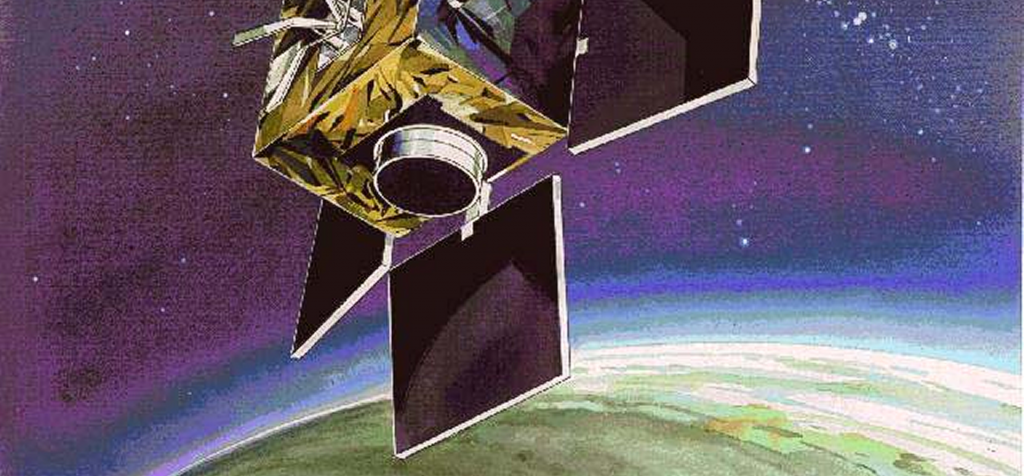THE MISSION
Astrid-1 carried an Energetic Neutral Atom analyzer, an Electron Spectrometer and two UV imagers for imaging the aurora. The instruments were developed by the Swedish Institute for Space Physics in Kiruna.
The scientific mission for Astrid-2 was to explore electric and magnetic fields in the upper ionosphere, and to measure neutral and charged particles and electron density. The instruments were provided by the Royal Institute of Technology in Stockholm and the Institute of Space Physics in Kiruna and Uppsala.

